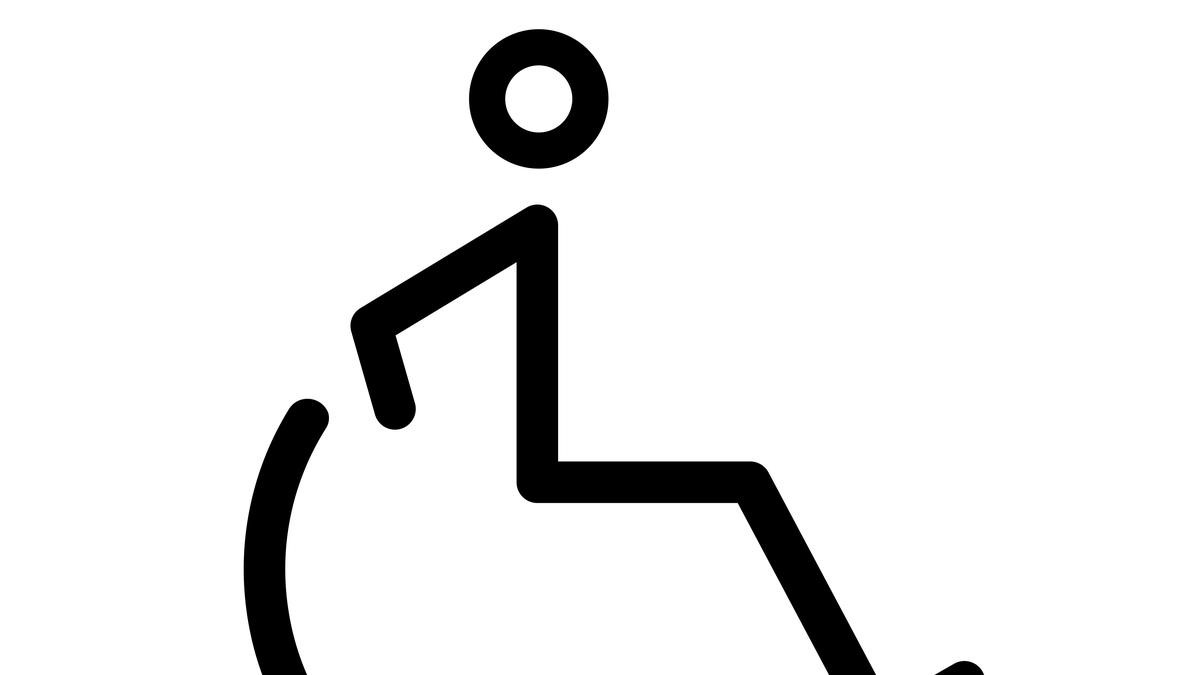Description

Disclaimer: Copyright infringement not intended.
Context
- Disability embodies multifaceted vulnerabilities including social, economic, and gender-related challenges.
- This multifaceted nature requires a nuanced approach toward creating equitable opportunities and addressing systemic barriers.
Details
Global Prevalence and Rural Representation
- Statistics indicate a staggering 3 billion people worldwide live with some form of disability, comparable to India's entire population.
- Approximately 80% reside in developing nations, with 70% concentrated in rural areas, exacerbating their challenges due to limited access to resources and opportunities.
Exclusionary Systems and Challenges Faced
- Inadequacies in Existing Systems: The design of prevalent systems often excludes persons with disabilities, resulting in heightened instances of poverty, restricted access to education, limited job opportunities, and social and economic discrimination.
- By versus For Approach:
- 'For': Emphasizing actions taken for the benefit of individuals with disabilities, potentially excluding them from the process.
- 'By': Stressing the necessity for their active participation and engagement, ensuring they are integral to the inclusion process.

Impact and Economic Implications of Inclusion
- Studies, such as the International Labour Organization's (ILO) research, indicate that integrating persons with disabilities into the economy could elevate the global GDP by 3% to 7%.
- Recognizing and leveraging their potential contributions to the workforce and economy is essential.
Challenges Specific to Rural Areas
- Greater Hurdles in Rural Settings:
- Rural communities face distinctive challenges concerning disability inclusion, including limited access to education, employment opportunities, and developmental schemes.
- Persons with disabilities in rural areas confront exacerbated hurdles, often being perceived as recipients of charity rather than active contributors to societal development.
- Importance of Awareness and Bottom-Up Approach:
- Initiatives focusing on last-mile connectivity for schemes aimed at persons with disabilities necessitate community leaders' capacity building to advocate effectively at grassroots levels.
- Given the heightened challenges in rural areas, raising awareness and empowering local communities is crucial for effective implementation and inclusivity.
Role of Private Sector and Inclusive Development Projects
- The private sector plays a pivotal role in fostering employment opportunities for persons with disabilities.
- Collaboration with employers' federations and trade unions can significantly impact the integration of disabled individuals into the workforce.
- A noteworthy initiative like the SPARK project, jointly undertaken by the ILO and IFAD, empowers persons with disabilities by training them as Disability Inclusion Facilitators (DIFs).
- These facilitators engage with communities, advocating for inclusion and empowering disabled women through self-help groups.
The Spark Project:
- Objective: The Sparking Disability Inclusive Rural Transformation (SPARK) project, led by the ILO and IFAD in partnership with the Women’s Development Corporation in Maharashtra, focuses on empowering persons with disabilities in rural areas.
- Implementation:
- Identification and training of Disability Inclusion Facilitators (DIFs) among persons with disabilities.
- Engagement with communities, caregivers, and stakeholders to foster awareness and address inclusivity barriers.
- Integration of women with disabilities into existing self-help groups, facilitating economic and social development.
- Outcome:
- Creation of an attitudinal shift toward disability inclusion at societal and administrative levels.

Effective Implementation Strategies for Disability Inclusion
- Formulation of Inclusive Policies
- Distinguishing between an approach done "for" persons with disabilities and an approach facilitated "by" persons with disabilities themselves.
- Collaborative Engagement with Persons with Disabilities
- Adoption of a Bottom-Up Approach
- Prioritizing the inclusion of persons with disabilities in developmental aspects to achieve social equity.
- Urgent commitment, financial investment, and actionable plans necessary for addressing historic marginalization and advancing Sustainable Development Goals.
- Urgent global focus required to center the needs of persons with disabilities in the international development agenda.
Conclusion
Linking disability inclusion to broader development goals highlights the critical role persons with disabilities play in poverty alleviation, nutrition, and rural resilience. Prioritizing their inclusion in all spheres of development is imperative to ensure equitable progress.
|
PRACTICE QUESTION
Q. Examine the significance of bottom-up approaches and collaborative projects, citing examples such as the SPARK project, in fostering social inclusion and economic resilience for persons with disabilities in rural settings. (250 Words)
|













